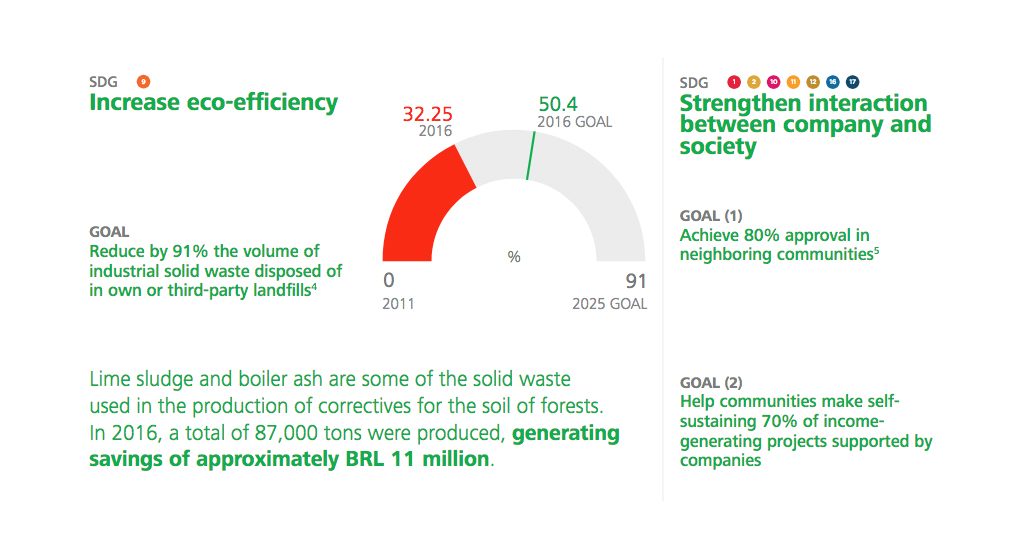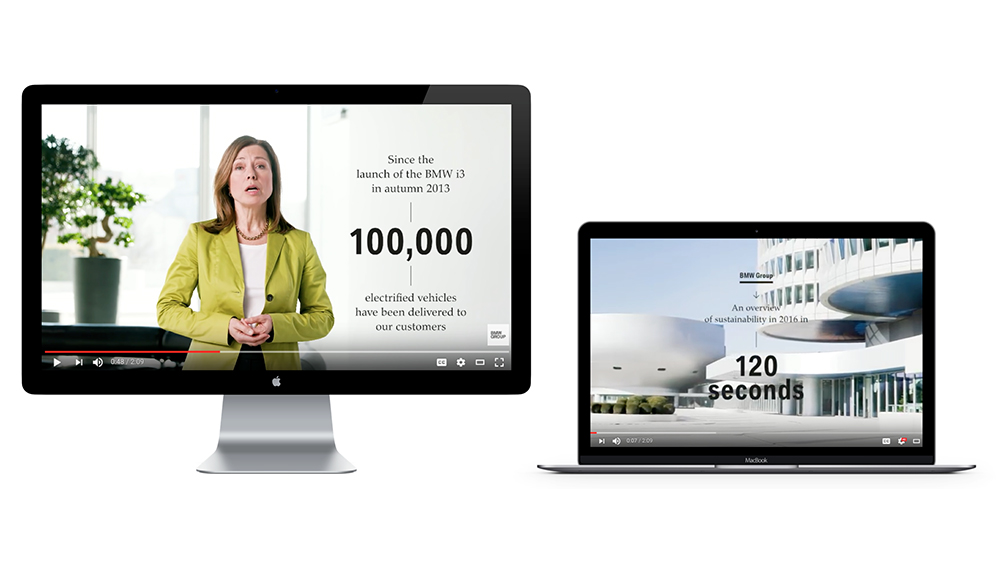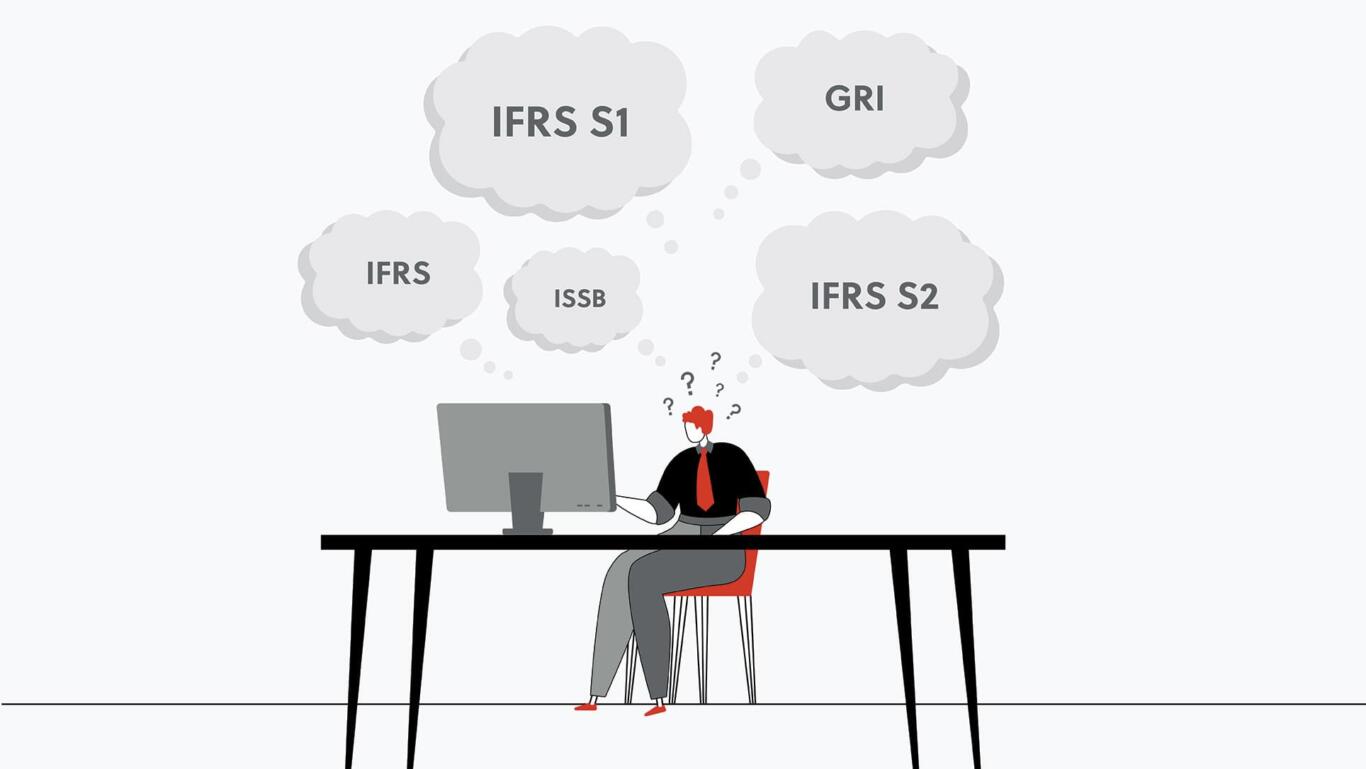New Year’s Resolutions for Your Sustainability Reporting

We’ve got the top five things for you to stop and start doing in your 2018 CSR communications.
It’s officially the new year, and with it comes a renewed opportunity for companies to drop reporting bad habits and adopt reporting best practices. Below, we’ve listed the top five things to stop and start doing as part of your 2018 sustainability strategy.
Stop trying to join every initiative. Start excelling in purposeful initiatives.
Sustainability is about more than ticking boxes. A focused, meaningful strategy allows companies to optimize their impacts. However well-intentioned, random acts of kindness aren’t strong drivers of change. When advising our clients on sustainability reporting, we first give them a simple piece of advice: be yourself. Determine what initiatives matter most to your organization and align them with well-regarded frameworks – the United Nations’ Sustainable Development Goals, for instance.
Stop using so many icons. Start using them selectively (and responsibly).
Icons – like the ones that dot this blog – are graphic illustrations that represent larger themes and ideas. They look nice, emphasize key points, and direct the viewer’s eye across the page. Implementing too many icons, though, renders them useless. (Ever seen a cluttered desktop?) We like Fibria’s approach, as seen in the company’s 2016 sustainability report. The custom icons – reserved yet impactful – help explain complex ideas and clearly tell the story of Fibria’s long-term goals.

Fibria’s 2016 sustainability report uses highly simplified icons to clearly align its long-term strategy with the United Nations’ Sustainable Development Goals.
Stop repurposing materiality assessments forever. Start assessing your priorities on the regular.
Our Director of Sustainability, Wesley Gee, likes to say that the sustainability sector is an active space – a moving target. You can’t succeed without a relentless desire to learn and improve. Conducting regular materiality assessments – the foundational exercise of identifying a company’s most important economic, environmental and social issues – is essential to a good sustainability strategy. Companies change over time, and with them, reporting expectations. Always assess and reassess your priorities, gather useful data on your sector and peers, and engage with stakeholders and influencers.
Stop producing video epics. Start producing videos that get to the point.
Using video is one of the most potent ways to tell a story – just make sure you’re using the medium effectively. Sustainability reports aren’t Netflix, and long, unwieldy videos will bore your viewer. We prefer short, informative ones that get to the point. Consider BMW’s “120 seconds,” an elegant video that summarizes the company’s 2016 sustainability highlights and strategy in, literally, two minutes. Now that’s managing audience expectations.

BMW’s “120 seconds” talks about the company’s goal of being the most successful and sustainable premium provider of individual mobility.
Stop developing one-size-fits-all reports. Start engaging your audience throughout the year.
Sustainability touches all aspects of society (the environment, politics, finance, etc.) and all manner of people (investors, suppliers, employees, you name it). Uploading a big, fat, static report to the Internet once a year will not help a company tell its story. Our partners at Newmont, on the other hand, have done a great job of making sustainability an ongoing conversation. Along with its sustainability report, Beyond the Mine, the company uses social media, dynamic microsites and many other tactics to engage with its diverse stakeholders year-round.
Download The Works’ Sustainability Reporting Trends: The Best for 2017 to see how the world’s leading companies are changing the CSR landscape.




